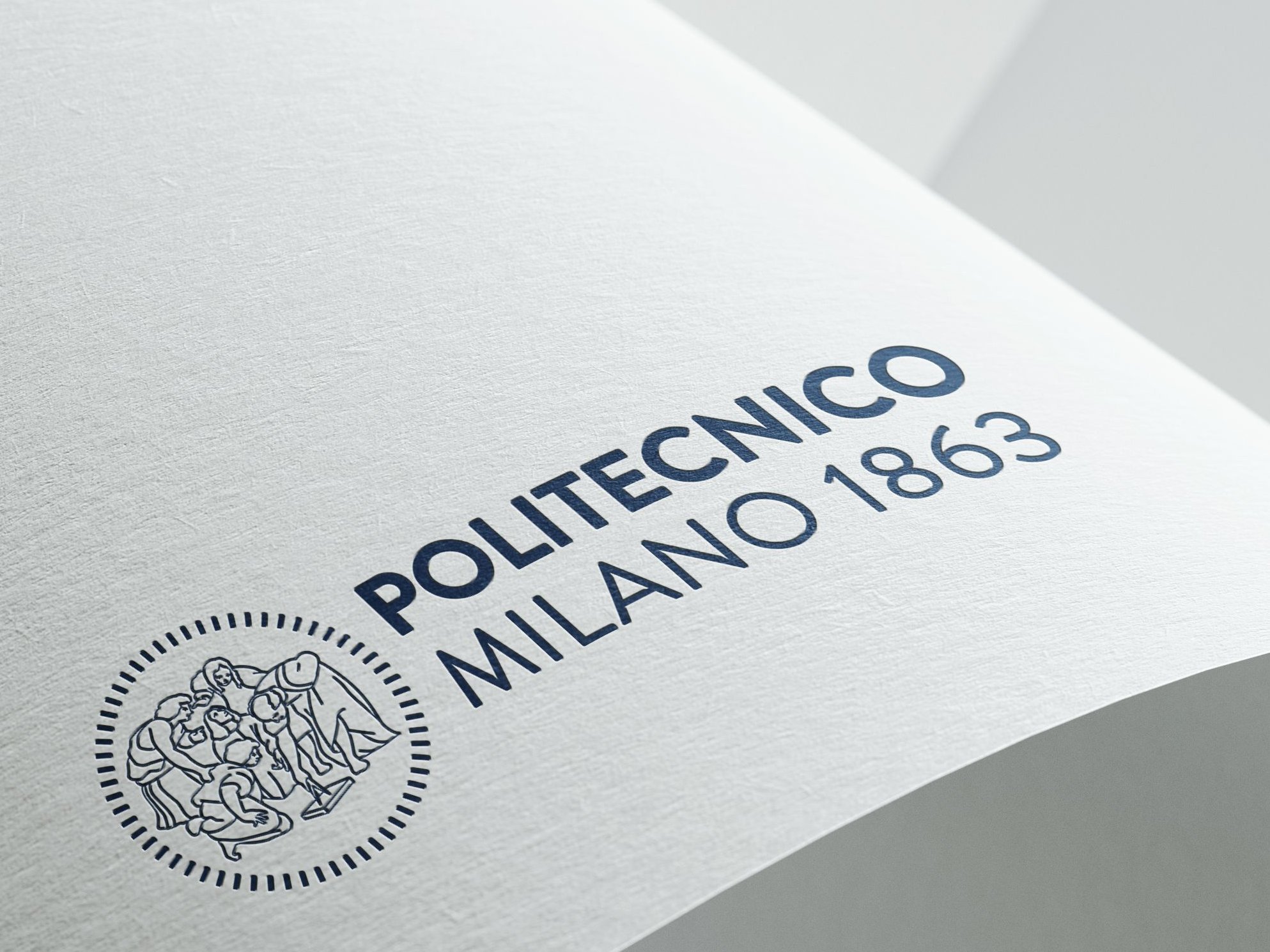
School's Presentation
Following the italian law system, the School of Architecture Urban Planning Construction Engineering has been established in 2016.
The School collects, combines and renews the solid experience of the Schools of Architecture, Civil Architecture and Building Engineering-Architecture of the Polytechnic, combining the contributions of the humanities and the arts with those of exact and technical sciences.
To this end, it aims to strengthen the collaboration between the expertise present the University community, which makes up the required contributions to outline a coherent and suitable training process.
The School is connected to the DAStU, ABC, DICA and Mathematics Departments.
Educational - cultural project
Architecture as a metaphor for Construction
The Cultural and Educational Project of the School of Architecture Urban Planning Construction Engineering (AUIC) pursues the objective firstly to train "competent graduates in the specific field of design and construction, capable of responsibly measuring themselves with the problems that reality poses at several levels and on different themes: from the building to the interior space, from the city to the territory, the landscape, and the cultural heritage; secondly, to nurture the centrality of the project "understood, in its unity, as a synthesis of multiple knowledge" and on the connection between this practice and the founding principles of polytechnic culture, for the "formation of graduates capable of leading to unity the different disciplines that responsibly take part in projects of transformation of the physical environment." third, to activate the School as a "place of knowledge production as well as knowledge transmission, consistent with the role of anticipation and cultural elaboration that belongs to the University [... ] point of reference of a process of profound change that requires important contributions both on the level of the definition of new professional roles and on the level of innovative processes capable of restoring competitiveness, but also of outlining a turning point on the level of the quality of the future habitat."
The underlying goal is to shape a precise location and characterization of the AUIC School within the country's university system, combining the solid tradition of Italian architecture schools with profoundly innovative experiences and identifying a precise and peculiar space among European and international polytechnic schools.
At the same time, in transforming the built environment, those medium- and large-scale design and management structures that can make articulated skills adapted to the complexity and growing size of interventions available to clients show themselves to be particularly competitive. Within these structures, skills and abilities different from those targeted by traditional didactics are required. On this, a great effort needs to be made to update not only the disciplinary architecture of the courses of study but also, above all, on the side of the contents and teaching methods of the individual courses. On the ecological transition side, there is a need for an attitude that will free the treatment of environmental sustainability from the character of ambiguity and indeterminacy that has connoted it so far. The Milan School of Architecture was a forerunner in introducing environmental issues into teaching with the activation 2001 of the degree course in Environmental Architecture. This focus was punctually taken up in the founding cultural and didactic project of the AUIC School and now needs to be further deepened as a connotative element of our student's educational experience. It is, therefore, necessary to take up the theme and make it more precise, intending to train students capable of addressing environmental sustainability from a broad perspective, capable of also understanding the social and economic dimensions, using innovative techniques and tools, and managing appropriate metrics to verify the effectiveness of proposed solutions.
On the digitization side, we need to become aware of the specificity of transformations in our sphere. The built environment is an extraordinary kind of artefact: complex, multiple, the outcome of cultural stratification, the bearer of an extraordinary physicality, aimed at constituting habitats capable of responding to the needs, not only physical, of those who inhabit them. Therefore, the digital hybridization of the physicality of the built environment and its transformation processes cannot be oriented toward simple virtualization and dematerialization of things, space, and organizational structures but rather must be directed toward the redesign and enhancement of reality to give it connotations that better meet the specific needs of all stakeholders. The issue of digitization must be addressed by going beyond simple skill enhancement on the side of software and the use of databases, defining the coordinates for a cultural change.
The vision is clear, perhaps has been for some time. Now is the time to pursue it decisively and equally clearly, considering design quality as the centre of gravity of the educational journey. Projectuality is a confrontation between the sense of possibility and the meaning of reality. A projectuality that, against the present dictatorship, knows how to put at the centre of its theoretical reflection and practical action an idea of the future. A projectuality capable of focusing on the question of ends is increasingly nailed down to the condition of necessity and inevitability, and not only that of means. A design quality based on knowledge and technical competence but simultaneously on cultural awareness is understood as the ability to place design activity in a precise social, economic, and productive reference context.
A project attitude in the face of the increasingly marked tendency toward specialization. A projectuality knows how to act within a broad perspective of critical confrontation with society's pressing needs, the economy's interference, and the reasons for production.
